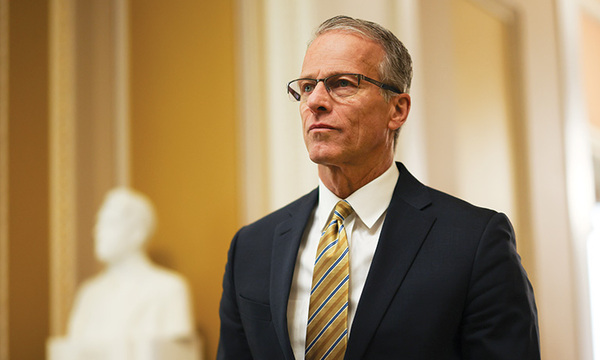What will the Biola University of the future look like? The answer can be found in the new University Plan, which lays out seven aspirations that will guide the university forward over the next decade.
Almost one year since the official launch of the 10-year plan, the plan has already led to several major accomplishments, including the Biola University Center for Christian Thought, several new online programs and the free, resource-filled Open Biola website, all of which have been featured in the pages of Biola Magazine. The Mosaic Cultural Center (which we’ll spotlight in our next issue) opened in April and the Center for Christianity, Culture and the Arts will open in the fall.
So, what else can you expect in the next nine years? Here’s a look at the University Plan’s seven aspirations and what they mean for Biola’s future.
The Seven Aspirations
Lead in Biblically Integrated Education
What it means: More faculty training for teaching a biblical worldview in their disciplines. Continued public advocacy for thinking biblically about everything.
Attract and Develop Outstanding Christian Scholars
What it means: Ambitious faculty recruiting. More research opportunities. New scholarly centers.
Lead in Spiritual Development and the Proclamation of the Gospel
What it means: More assessment on how students are growing spiritually. Greater emphasis on evangelism.
Cultivate Competent and Courageous Graduates
What it means: New assessment and services for career preparation and placement. Greater emphasis on community service and compassion.
Build a Cross-Cultural Christian Community
What it means: More emphasis on cross-cultural learning opportunities, whether abroad or in Greater Los Angeles. Improved recruitment and retention of ethnically diverse students, faculty and staff.
Extend our Educational Reach Throughout the World
What it means: Expansion of online programs. New international educational partnerships. Free online resources at Open Biola.
Ensure the Affordability of a Biola Education
What it means: Significant expansion of student scholarships. Reduction of dependence on student-generated income.
 Biola University
Biola University


